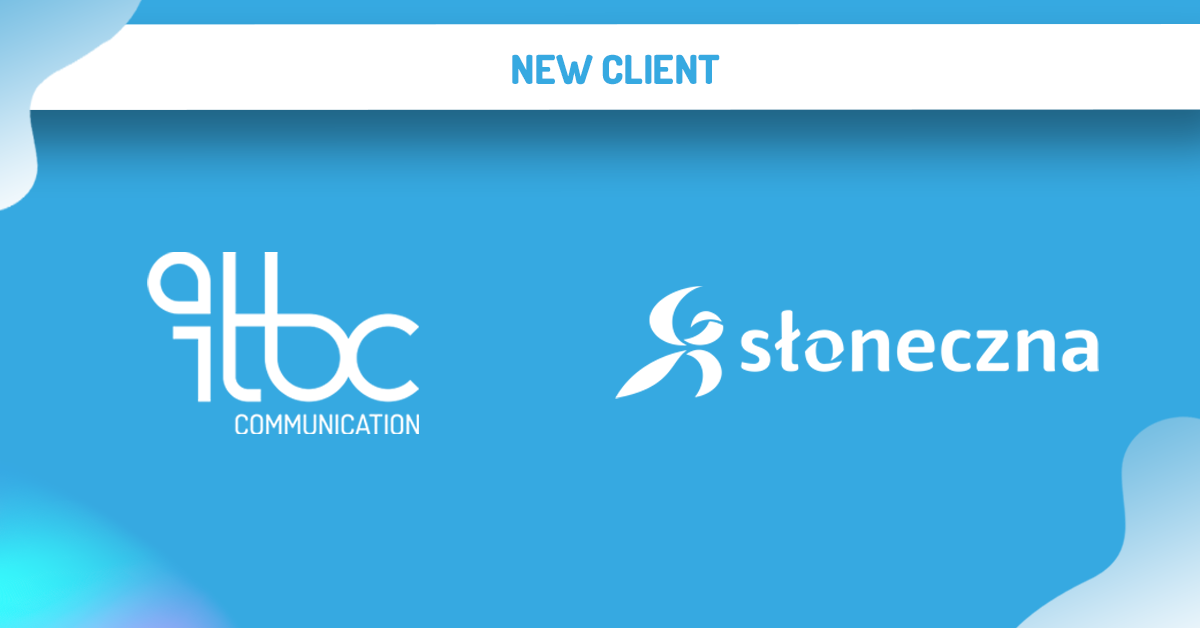Artificial intelligence is spreading its elbows and appearing in more and more aspects of our lives. We no longer use it just for fun or entertainment, and it is increasingly becoming a tool used at work. It is worth taking a look at the Public Relations industry – can AI act as a strategic advisor in PR and, moreover, can it completely replace humans in this role? Although AI-based technologies are already offering advanced analytical support, generating content and supporting communication activities, a human – PR expert – is still and will remain essential in a field as nuanced as Public Relations.
Artificial intelligence acting as a suport, not replacement
Artificial intelligence in PR works brilliantly as an operational tool. It can analyse hundreds of thousands of media mentions, predict public reactions, gauge sentiment and suggest potential narratives. AI automates reporting, tracks trends in real time and can even generate ready-made press releases or suggestions for social media posts. All of this makes communication faster, more precise and cost-effective.
However, just because AI can “speak” does not mean it can “talk”. It can mimic the style of speech, but it won’t build rapport, it won’t pick up cultural or political nuances, it won’t predict the impact of subtle linguistic differences on the reception of a message in a community. In PR, nuance and context are often the key to success.
Contextual complexity and intuition – the human advantage
Public Relations is not just communication, but above all strategy, based on a deep understanding of people, emotions, values and the social, political and cultural context. A PR expert does not operate solely on data – he or she feels the market, understands the background of events, and can sense the moment when it is necessary to remain silent instead of speaking. Meanwhile, AI, even learning from billions of data, still operates within the limits of algorithms and learned patterns.
Strategic PR consultancy is also about the ability to interpret unclear, contradictory signals, anticipate potential crises, build complex stakeholder relationships and act as the organisation’s “consumer advocate”. These kinds of activities require empathy, experience and an ethical compass – elements that no machine yet possesses.
AI does not understand values – the essence of communication
At a time when brands are judged not only by their products but, above all, by the values they represent, the role of the PR professional as an adviser is more important than ever. Making decisions that can affect a company’s reputation requires deep thought, courage and often operating in an area of uncertainty. AI can point out possible scenarios, but it is the human being who chooses the one that is consistent with the brand’s identity and values.
Take the example of an image crisis. AI can analyse data, measure the scale of coverage and propose standardised crisis actions. But it is the human being who decides whether an apology, silence or opening a new channel of dialogue is more suitable at a given moment. It is the human – the PR professional – who has the courage to take responsibility for words and decisions.
Collaboration in the place of competition
The biggest mistake that can be made when thinking about AI in the context of PR is to treat it as a threat to human competence. The real value lies in collaboration. AI can significantly relieve experts of repetitive, time-consuming tasks, giving them more space for strategic thinking, relationship building and creativity.
Integrated PR environments in which AI acts as an intelligent assistant allow experts to identify risks faster, plan campaigns more effectively and reach target groups more precisely. But it is still the human being who is responsible for the overall picture, for understanding emotions and for the final communication decisions.
Conclusions
Can AI act as a strategic advisor in PR? To a certain extent – yes. It can analyse, suggest, predict. But can it replace a human in this role? Definitely no. Because PR is not just logic, but also empathy, intuition and a deep knowledge of human nature. It is the art of decision-making in a world where there are no simple answers.
This is why the future of PR is not “AI instead of people”, but AI together with people. Artificial intelligence is a powerful tool, but it is still humans who hold the reins.
 +48 22 250 49 10
+48 22 250 49 10 info@itbc.pl
info@itbc.pl Ul. Kaleńska 5, 04-367 Warszawa
Ul. Kaleńska 5, 04-367 Warszawa



 Back
Back


